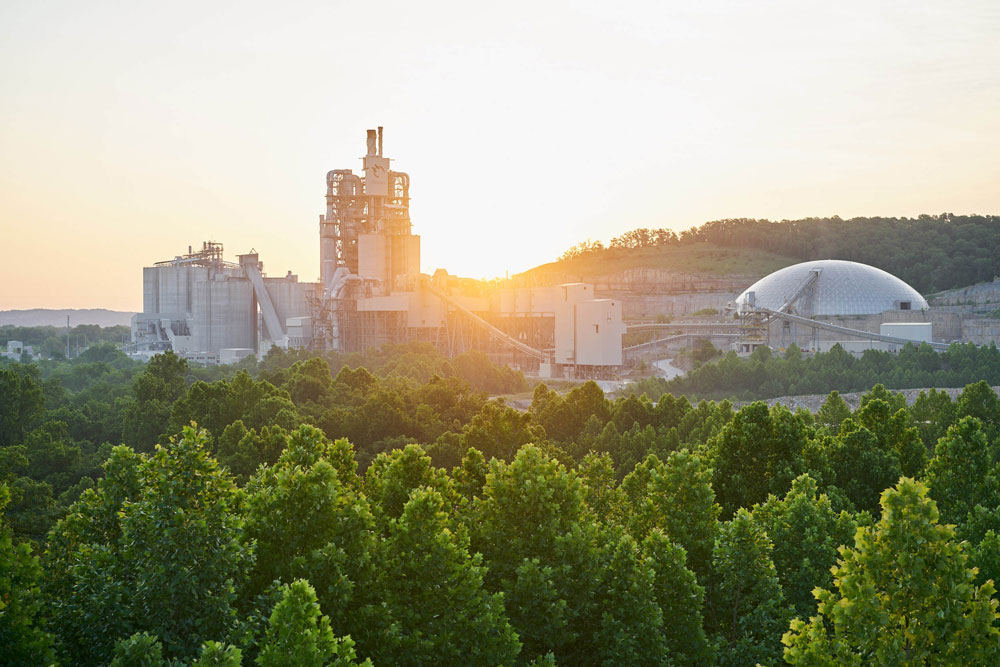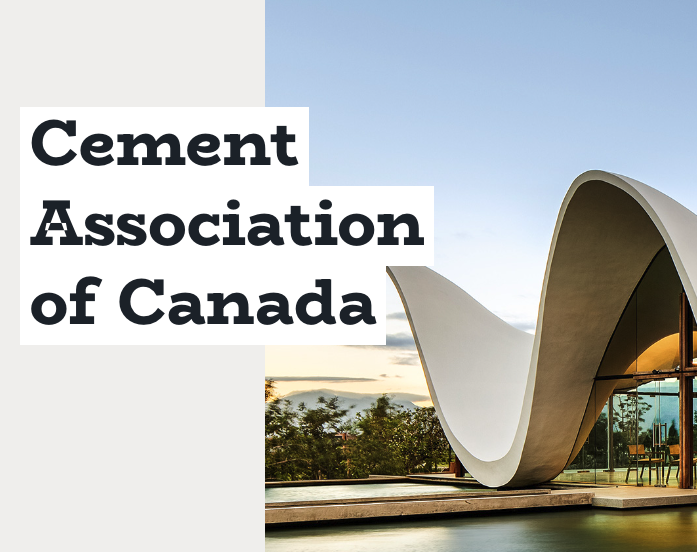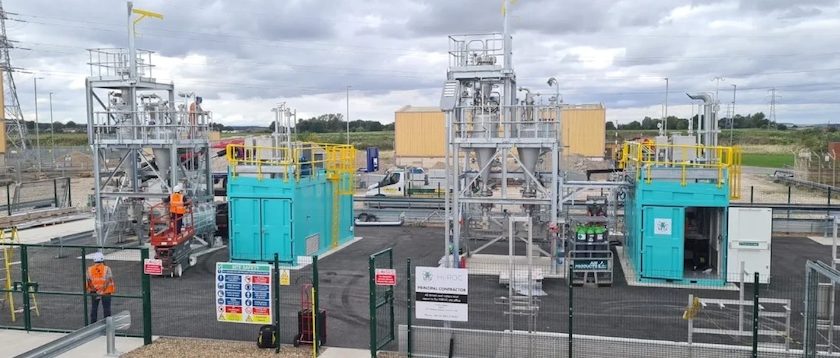
LafargeHolcim in the U.S., Air Liquide and the University of Illinois’ Prairie Research Institute are collaborating on a Front-End Engineering Design (FEED) study for a carbon capture retrofit that can separate up to 95% of CO2 emissions at the Holcim Ste. Genevieve (Mo.) cement plant.
“While we have partnered with energy-generation facilities on many of our carbon management projects, carbon from industrial sources is also a key piece of the puzzle,” said Prairie Research Institute’s Kevin OBrien, the project’s principal investigator. “It’s exciting to collaborate with LafargeHolcim in the U.S. to explore the application of this carbon capture technology at a commercial scale, in a way that has the potential for significant impact.”
The project will employ Air Liquide’s Crycocap FG system at the Ste. Genevieve plant, which features the largest single kiln in the world. The Cryocap system combines Pressure Swing Adsorption capabilities with cryogenic refrigeration technologies to achieve high CO2 capture rates with high CO2 purity rates. The captured CO2 will be pipeline ready for geological storage.
The U.S. Department of Energy’s (DOE) National Energy Technology Laboratory awarded $4 million in federal funding for research and development to support the FEED study, in addition to cost share contributions by LafargeHolcim and Air Liquide.
“We recognize that in our industry, the ability to decarbonize is the real game changer. This project selected by U.S. DOE is another significant step in advancing large-scale CCUS technology in our industry, something we are very excited about at LafargeHolcim,” said Derick Dreyer, head of cement industrial performance, North America. “This partnership, the second of this nature in the U.S., is a powerful example of how collaboration across industry, the public sector and academia can advance carbon capture, utilization and storage projects that are the critical steps to accelerating the transition to a net-zero future.”
LafargeHolcim has collaborated with Air Liquide on various studies in the U.S. and abroad, said Dreyer, but this is the first time the company is partnering with the University of Illinois. “We were familiar with their efforts on similar projects and felt like they would be a good fit,” he said. For almost 20 years, the Prairie Research Institute’s geologists and engineers have been developing methods for the safe capture, storage and utilization of CO2 from power plants and industrial operations.
“Not only will the FEED study further the initial feasibility work, but it will deliver the preliminary engineering design for a CCUS solution at our Ste. Genevieve, Mo., cement plant,” explained Dreyer. “The scope of work also includes a business case outlining the potential business model for commercial scalability, as well as analyses on environmental justice, economic revitalization and jobs creation. We’re thrilled to be a part of this collaboration and look forward to the impact of its results.”
The FEED study will officially start when the DOE contracting is completed, which Dreyer said is most likely to be by the end of 2021 or in early 2022. The collaborators will then have 18 months to execute the study. “This is a challenging timeframe, but we have a strong team in place and are confident and excited to deliver the FEED study on time,” concluded Dryer.
In addition to the FEED study, LafargeHolcim is collaborating with Total, Svante and Oxy Low Carbon Ventures on a DOE-funded, pre-feasibility study of a commercial-scale carbon capture facility at the Holcim Florence (Colo.) cement plant. The project aims to capture around 1.5 million tonnes of CO2 per year from the plant and generator, which would be permanently sequestered underground.


